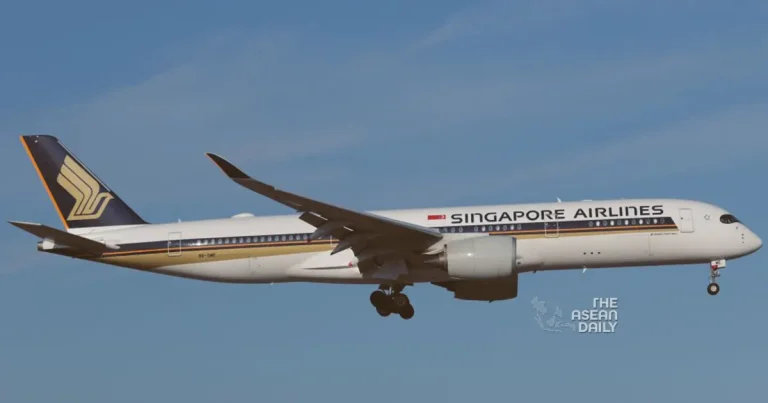9-7-2024 (SINGAPORE) In a significant move that signals a cautious return to normalcy in international air travel routes, Singapore Airlines (SIA) and its budget subsidiary, Scoot, have recommenced flights over Iranian airspace. This development comes after a two-month hiatus prompted by Iran’s military actions against Israel in April, which had disrupted one of the world’s busiest air corridors.
The decision to resume flights over Iran, effective from 27 June, follows a comprehensive review of flight paths by the SIA group. A spokesperson for the airline confirmed the resumption, stating that their assessment considered a range of factors including meteorological conditions, safety and security concerns, international and regional advisories, independent external security consultations, and regulatory constraints.
Iran’s airspace serves as a crucial corridor for airlines operating between Europe and destinations in India and Southeast Asia. The April attacks on Israel had complicated flight operations in this densely trafficked region, compelling many carriers to opt for extended detours to ensure passenger safety.
The resumption of flights over Iranian airspace by SIA and Scoot is part of a broader trend among international carriers. Flight tracking data from Flightradar24 as of 9 July indicates that several major airlines, including Lufthansa, Eva Airways, Emirates, Turkish Airways, China Airlines, and Vietnam Airlines, have also resumed operations in Iranian airspace.
KLM Royal Dutch Airlines appears to have taken a more cautious approach, reintroducing flights over Iran on a limited basis, primarily for routes to Singapore, according to Flightradar24 data.
However, the situation remains fluid, with several prominent carriers still avoiding Iranian airspace. Notable abstentions include Qantas Airways, Thai Airways International, Malaysia Airlines, Air France, British Airways, and Virgin Atlantic Airways.
Aviation analyst Dr. Sarah Thompson commented on the development: “The decision by Singapore Airlines and other carriers to resume flights over Iran reflects a delicate balancing act between operational efficiency and risk management. It’s a sign that airlines are cautiously optimistic about the stability of the region, but they remain vigilant.”
The resumption of these flight paths could have significant implications for travel times and fuel consumption. During the period of avoidance, many airlines were forced to take longer routes, resulting in increased flight durations and higher operational costs.
A frequent flyer, Mr. James Lee, expressed mixed feelings about the news: “While it’s encouraging to see flight times potentially reduced, safety remains my primary concern. I trust that the airlines have thoroughly assessed the risks before making this decision.”




